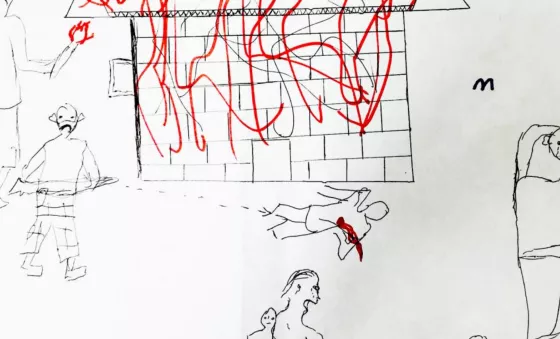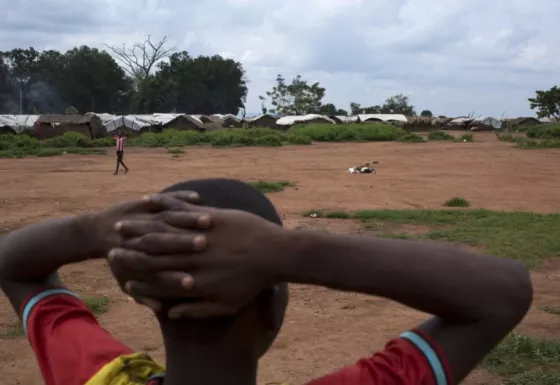So what are these six grave violations?
1. The first grave violation is the killing and maiming of children.
The number of children verified by the UN as killed or maimed has risen drastically in the last decade.
2. Recruitment or use of children as soldiers is the second.
Around 5,000 children are released from armed groups annually over the past decade. It's difficult to pinpoint how many child soldiers exist, but it's believed to be in the tens of thousands.
Multiple economic and social factors can interact with one another, such as household poverty and lack of job opportunities, which are agreed to strongly encourage children to join armed groups.
3. and 4. There's a growing trend in sexual violence against children and abductions of them, which are the third and fourth grave violations.
It's central to why we provide protection to children in war zones through our safe spaces and educational programmes.
5. In the last decade, the incidents of the fifth grave violation being perpetrated, attacks against schools and hospitals, have doubled.
You may have seen reports previously in the media of these happening in both Yemen and Syria.
6. The blockage of food, water, and medicine is the sixth and final grave violation.
Between 2010 and 2018, these blockages have increased by more than 1,500 per cent.
Yemen's war has become so devastating because of this reality, and it's why War Child is providing food vouchers to help relieve malnutrition and starvation.


